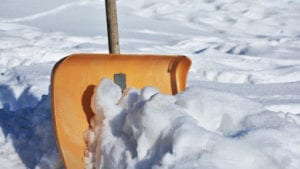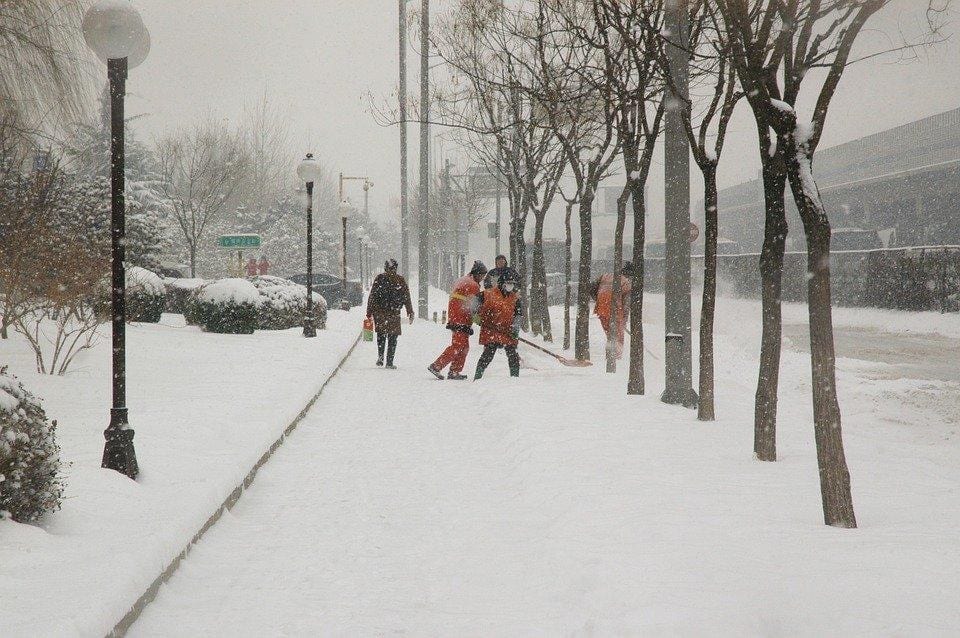Maine has one of the worst winter seasons in the United States. With temperatures constantly below freezing throughout the state, it makes for many snowy days and nights.
Here’s how you can keep your walkways safe this winter.
Eliminate Pre-Existing Issues
Walkway safety should begin before winter actually hits. Make sure you’ve thoroughly inspected your walking paths and concrete pavements for any hazards that may get concealed once it starts to snow.
For instance, your potholes should be covered properly to prevent water from collecting and freezing. Any elevated areas between or around your walkway should be inspected for safety as well, as they’re prone to slippery patches and may cause you to trip when covered by snow. Also, inspect your gutters and drainage spouts to ensure they don’t allow excessive runoff that would turn into a thin sheet of ice during winter.
Shovel Strategically
In a state like Maine where snowfall is plentiful, you can’t get through the winter season without shoveling frequently. It’s essential in keeping it safe and preparing it for when the weather takes a turn for the worse. However, simply shoveling snow off the ground (including your walkways) every night won’t do the trick. You also need to be strategic about this.
If your walkway has large stones incorporated in it, it’ll be more challenging for you to shovel over it. In contrast, pavers are more shovel-friendly and require less exertion as well as maintenance. Start by shoveling the majority of the snow on your walkway and steering it out of the way. Then add salt to the remaining area and allow it to melt. The aim is to keep shoveling to a minimum. Don’t forget to shovel the transition areas in your walkway such as the steps or the curb lines!
Since your walkway is likely to be covered with heaps of snow, you should shovel your property in dedicated time periods throughout the day. It’s not easy to shovel all that snow in one go, and it’s definitely not a fun exercise when it’s freezing outside. In fact, shoveling for an extended period raises your heart rate and can even increase your blood pressure, causing you to feel exhausted after only a few minutes of activity. Target the areas that receive the most pedestrian traffic first, so that shoveling has a bigger impact.

Don’t Oversalt Your Walkway
We know, we know; we just said you should add salt to the ice/snow accumulated on your walkway and let it work its magic. However, you don’t want to add too much road salt. It’s particularly harmful to the environment, and adding a greater quantity of salt doesn’t exactly yield better results. Moreover, adding too much salt corrodes stonework.
For safe and clear walkways in winter, apply just enough salt to allow the leftover ice to melt quicker with the help of friction and sunlight. You can mix it with gravel, litter, or soil to reduce the amount of salt you’ll need. This is especially useful for concrete pavements that are less than a year old or walkways that are sensitive to salt. Once the snow and ice have melted at your earliest, steer away the layer of slush left behind so that it doesn’t refreeze.
Whether you’re inserting a new walkway at your home or need help with the maintenance of an existing one, Stone Solutions Maine has got you covered. Call us today for details about our landscaping services, patio and driveway maintenance services, and custom outdoor services today!

